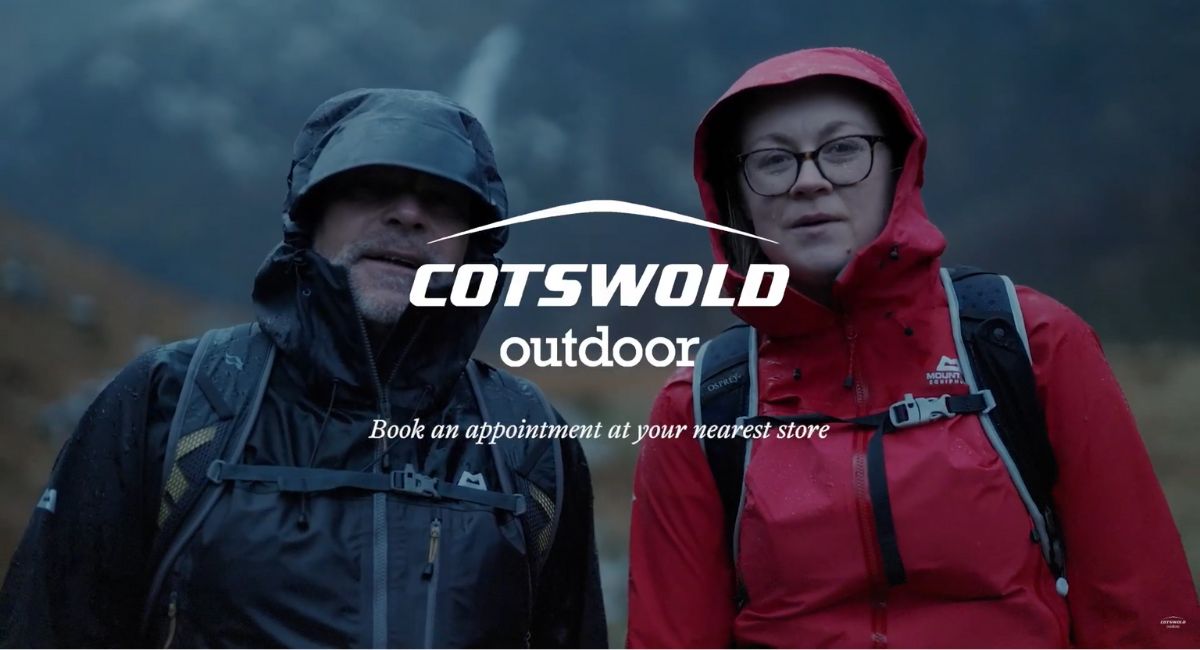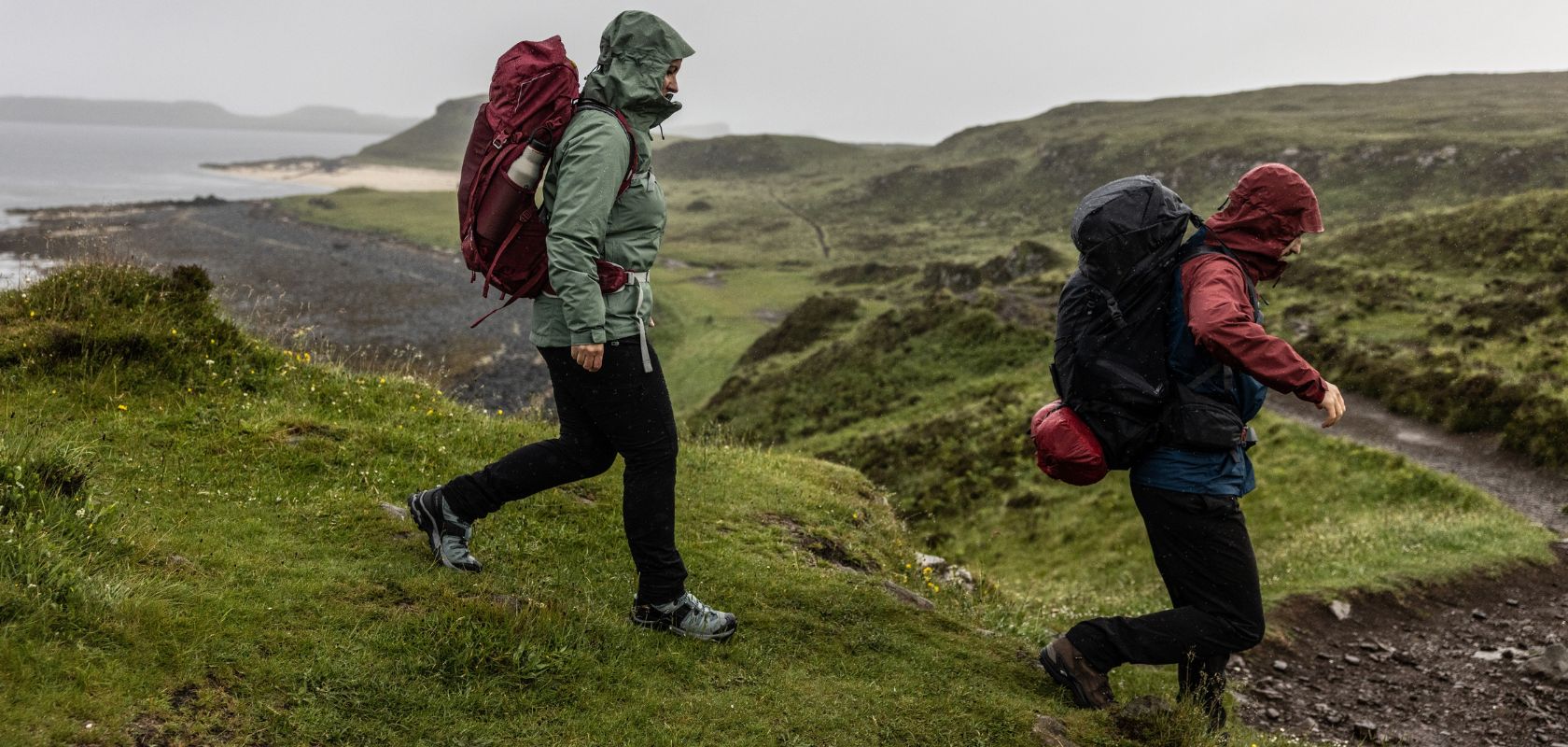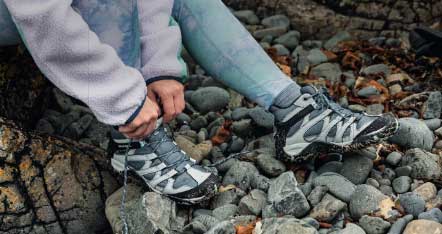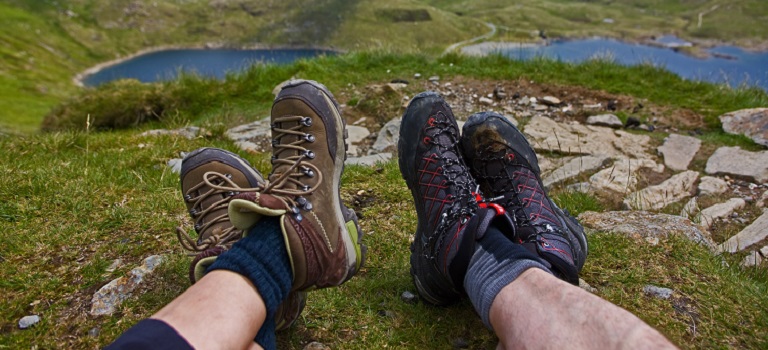Tips For Choosing The Best Walking Boots
Our Guide to Finding the Perfect Hiking Boots
Choosing the right walking boots is the single most important decision you’ll make before hitting the trail. The right pair will support you over hills, through muddy fields, and across rocky ridges-while the wrong pair can leave you limping home, cursing every step. This comprehensive guide blends expert advice, technical know-how, and practical tips to help you find your perfect fit, whether you’re a weekend rambler or a seasoned trekker.
Where Are You Going?
Walking boots are designed and made with specific environments in mind. Characteristics such as sole stiffness and ankle height can greatly vary depending on the terrain and conditions you will be heading into.
If, for example, you intend to stick to well-trodden and predictable paths, you can go for a lightweight boot or walking shoe with a reasonable amount of flexibility. In less challenging terrain, flexibility is good as it helps your foot move naturally and can aid your comfort on longer journeys.
If you intend to be moving over uneven or very steep ground, then you'll need a more rigid boot with good ankle support. Stiffer soles provide a more stable platform, and a higher mid-cut will support and protect your ankle.
Of course, walking encompasses different landscapes, and many people will be somewhere in the middle of this scale. As a rule, we find it best to err on the side of caution to ensure you're not caught out while out in the hills.
Understanding Boot Types: Matching Boots to Your Adventure
Walking Shoes vs. Walking Boots
Advice → If you’re mostly walking on flat, well-maintained paths, a sturdy walking shoe or low-cut boot may be all you need. For hillwalking, rough ground, or carrying a heavy pack, opt for a mid- or high-cut boot for extra support.
| Type | Best For | Pros | Cons |
|---|---|---|---|
| Walking Shoes | Easy trails, city walks | Lightweight, flexible, breathable |
Less ankle support, less protection |
| Walking Boots | Hills, mixed terrain | Ankle support, protection, durable | Heavier, less agile |
| Approach Shoes | Scrambling, rocky paths | Sticky grip, precise fit | Not for muddy or wet conditions |
| Mountain Boots | Steep, technical terrain | Steep, technical terrain | Heavy, long break-in, expensive |
Hill Walking vs. Mountain Hiking
- Hill Walking Boots (B0–B1 rating) → Lightweight, flexible, and ideal for lowland trails and gentle hills. These boots have mid-cut ankle support and softer soles, perfect for day hikes on well-maintained paths.
- Mountain Hiking Boots (B2–B3 rating) → Stiffer, more supportive, and built for steep, rocky, or technical terrain. Expect high ankle collars, robust soles, and materials designed to withstand harsh conditions.
Day Hiking vs. Backpacking
- Day Hiking Shoes → Low-cut, agile, and lightweight-great for short trips with minimal gear (think Merrell Moab 3).
- Backpacking Boots → Designed for carrying heavier loads (15kg+), these boots feature reinforced midsoles and torsional rigidity, such as the Salomon Quest 4 GTX.
What To Look For?
When it comes to finding the perfect pair of walking boots, the details truly matter. Modern hiking boots are packed with innovative features designed to enhance your comfort, safety, and performance in the great outdoors. From breathable linings that keep your feet cool and dry, to robust soles that grip slippery rock, every element plays a crucial role in how your boots perform on the trail.
Are you seeking boots that can handle crampons for winter adventures, or do you need something lightweight and airy for summer strolls? The choice between classic leather and cutting-edge textiles, as well as premium technologies like GORE-TEX® waterproofing and Vibram® outsoles, can make all the difference to your walking experience.
Should I Buy Leather or Synthetic Boots?
Thanks to advances in materials, the differences between leather and synthetic boots have become increasingly small. In the past, leather boots were more durable and easier to care for, whereas synthetic boots were lighter and required less ‘breaking in’. Today, differences between the two materials are less pronounced, meaning the most important decision you need to make for your boots is the fit, as getting the best fit is the best place to start.
Terrain-Specific Boot Advice
Different terrains demand different features from your boots. Here’s what to look for:
| Terrain | Boot Features | Recommended Boots |
|---|---|---|
| Rocky | Stiff soles, good ankle support | Mountain hiking boots |
| Muddy | Deep lugs, waterproof materials | Waterproof walking boots |
| Snow/Ice | Insulated, crampon compatible | Winter hiking boots |
Do You Need Waterproof Boots?
Most boots are lined with a waterproof membrane, which is useful for weatherproofing your shoes and allowing you to cross streams and water without issue. But, to avoid soggy feet, you don’t just want to keep the wet out; you need to let it out too, otherwise your boots will be full of sweat and condensation. In other words, you need your walking boots to breathe. GORE-TEX® walking boots are particularly good at allowing sweat vapour to escape, but many different and effective waterproof membranes are available to suit everyone.
Another way to keep out the wet is using a gaiter: a waterproof cuff that goes over the top of your boot and fastens around the lower leg. This helps prevent water from running down into your boot from the top as you walk through rain, snow, or wet grass. Gaiters are also particularly useful when walking over scree or loose gravel, to keep the terrain from flicking into your footwear.
Do Your Boots Fit?
Getting the right fit is essential when choosing your walking boots. Boot fitting isn't just about the size of your feet - the shape is also key. From the width of your heel to the flexibility of your toes. To check the fit of a pair of boots or shoes you have at home, follow our Expert Boot Fitting Guide.
- Measure Both Length and Width → Use a Brannock device or trace your foot on paper. Remember, 80% of blisters are caused by poor fit.
- Snug but Not Tight → There should be a thumb’s width of space at the toe. Feet swell during long hikes, so try boots on in the afternoon.
- Heel Lock Test → Walk uphill in the boots-if your heel lifts, adjust the lacing or try a narrower size.
The Importance of the Break-In Period
New boots often require a break-in period to soften the materials and mould to your feet. Wear them around the house or on short walks before heading out on a long hike. This process helps prevent discomfort and blisters, ensuring your first big outing is a pleasure, not a pain.
What Socks Should I Buy?
While you’re getting fitted, make sure you check out socks, too. The right socks, with the right padding, insulation, wicking and elasticity, can make a big difference to the feel of your boots. Check out our guide to Choosing The Right Socks for more information.
- Merino Wool Socks → Offer warmth, breathability, and moisture control.
- Avoid Cotton → Cotton retains moisture, increasing the risk of blisters.
- Sock Liners → Add an extra layer of blister protection, especially on long treks.
Boot Construction & Materials
Let’s get technical for a moment. Understanding how boots are built will help you choose wisely and care for your investment.
Boot Anatomy
| Part | Function | What to Look For |
|---|---|---|
| Upper | Protection, support, breathability | Durable, fits foot shape, waterproofing |
| Lining | Comfort, moisture management | Wicking, antimicrobial, waterproof |
| Midsole | Cushioning, shock absorption | EVA for comfort, PU for durability |
| Outsole | Traction, durability | Deep lugs, sticky rubber, heel brake |
| Toe Cap | Protection from rocks | Reinforced, abrasion-resistant |
| Heel Counter | Stability, heel lock | Firm, supportive |
| Footbed | Comfort, support | Removable, replaceable |
1. The Sole Unit

1. The rubber outsole provides grip. Deep lugs dig into the ground, and high-friction rubber compounds help to stop you slipping on smooth rocks.
2. The midsole is buried inside the boot to provide the correct amount of flex. Moulded from various composites, this stiffener needs to be rigid if you intend to stand on small, rocky edges or scramble, but can be more flexible if it’s just for walking. When picking your boots, bend them with your hands to check their flexibility.
3. A footbed or insole provides cushioning, so you’re not standing straight directly on the harder midsole. The insole is usually removable, and many people with arch issues may choose instead to replace it with a specialised footbed for comfort.
2. Inside The Boot

4 . A soft leather or wicking fabric lining provides comfort inside the boot, protecting the membrane from dirt and abrasion.
5. The tongue will usually be attached to the rest of the upper with bellows to stop unwelcome water and debris from getting in. When fitting your boot, ensure the tongue is correctly aligned with no pressure points or folds.
6. The cuff or collar wraps around your ankle. The cuff should be soft on the inside, but its overall rigidity depends on the style of the boot. Technical boots should have a high, firm cuff, whereas more leisurely styles can be more flexible all-round.
3. The Outer

7. The toe box and heel counter, like the midsole, are buried away. Sitting between the lining and the outer, they provide the shape and structure at the front and back of the boot. The size and shape of these can vary between brands and styles, so make sure to try on a few options to ensure you get the perfect fit.
8. The rand is a rubber reinforcement around the edge of the boot to guard against abrasion and protect the stitching between the sole and upper. Not all boots and shoes have this, as it is a characteristic mainly reserved for stiffer, more technical footwear.
9. On a walking boot you’ll find robust hooks, eyelets, and locking cleats for the laces - ensuring a secure, customisable fit.
Waterproof Membranes
- GORE-TEX® → The gold standard for waterproofing and breathability.
- eVent → Similar performance, slightly different feel.
- Proprietary membranes → Vary by brand; some are excellent, others less so.
How to Care for Your Walking Boots
Proper maintenance extends the lifespan of your boots:
- Clean After Use → Brush off mud and wipe with a damp cloth. Avoid direct heat when drying-let them air dry naturally.
- Re-waterproof Regularly → Use products like Nikwax® or Grangers® to maintain waterproofing.
- Resole When Needed → Many premium brands, such as Scarpa, offer recrafting services to extend your boots’ life.
| Material | Waterproofing Product | How Often |
|---|---|---|
| Leather | Wax or cream (e.g., Nikwax) | Every few walks |
| Synthetic | Spray-on treatment | Monthly |
| Nubuck/Suede | Special suede/nubuck spray | Monthly |
FAQs
Most boots last 500–1,000 miles. Replace them if the sole is worn smooth, the upper is cracked, or the midsole feels “flat”.
For regular walkers or challenging terrain, yes. You get better materials, support, and durability.
No. Walking boots are too stiff and heavy for running. Use trail running shoes instead.
In the UK, it’s wise. For hot, dry climates, non-waterproof boots may be more comfortable.
Wear them at home, then on short walks, gradually increasing distance.

Let us know you agree to cookies
We use marketing, analytical and functional cookies as well as similar technologies to give you the best experience. Third parties, including social media platforms, often place tracking cookies on our site to show you personalised adverts outside of our website.
We store your cookie preferences for two years and you can edit your preferences via ‘manage cookies’ or through the cookie policy at the bottom of every page. For more information, please see our cookie policy.












